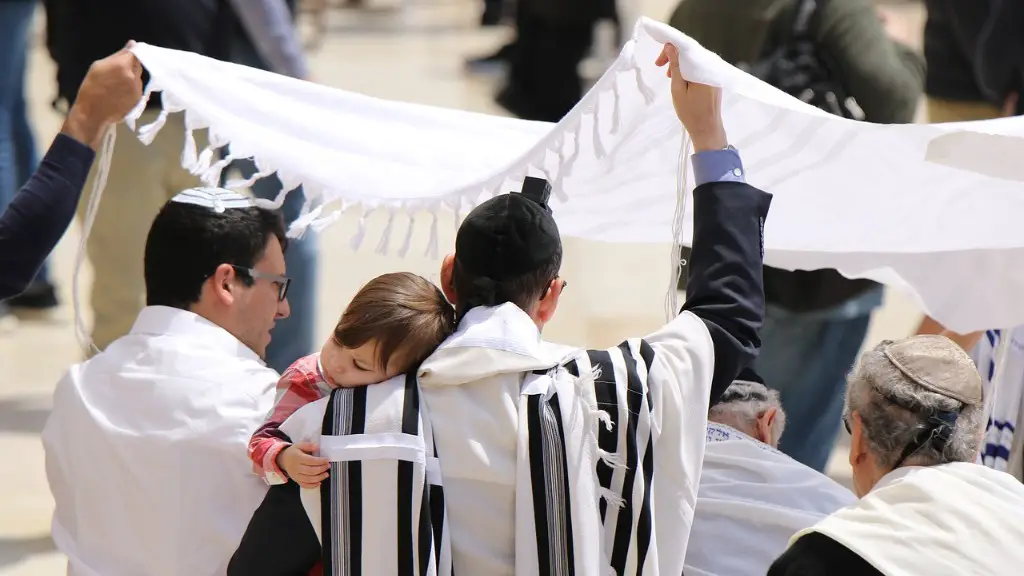Overview of Symbols of Christianity
Christianity is a major world religion with deep roots in history, culture and art. It consists of an individual’s faith in God and his teachings which are reflected in the liturgy, doctrine, practice and spiritual life of Christian churches. One of the oldest religions, Christianity has developed a rich collection of symbols that embody its many beliefs and inspirations over the centuries. From the Star of David to the ichthys, Christian symbols have been employed to express faith and spiritual connection with the divine. In this article, we will have an overview of what are the symbols of Christianity.
The Cross
The cross is one of the most recognizable symbols of Christianity and represents the death and resurrection of Jesus. The cross is also a symbol of suffering, sacrifice and victory. It is a reminder to Christians that Jesus died on the cross to redeem them from their sins, and to show God’s love for humanity. In addition, the cross is also a symbol of God’s power and may be seen in churches and homes as a visible reminder of God’s presence.
The Ichthys
The Ichthys is a symbol often used to represent Christianity and is typically depicted as a fish formed by two intersecting arcs. The symbol is believed to have originated during the early days of Christianity, when it was used as a secret symbol by persecuted Christians. It became associated with Jesus and stands for: “Iesous Christos, Theou Yios, Sotar” (“Jesus Christ, God’s Son, Savior”). Today, the Ichthys is a popular symbol of Christian faith.
The Star of David
The Star of David is a traditional symbol of the Jewish faith but is also embraced by some Christians. It consists of two interlocking equilateral triangles symbolizing the unity of God and man, as well as earthly and divine authority. It is believed to have been adopted by Christianity during the early Church, when it was used to express God’s protection and provision for His people. The Star of David is often worn as a piece of jewelry, used to decorate churches, and inscribed on grave markers.
The Alpha and Omega
The Alpha and Omega are two of the most ancient symbols of Christianity, representing the beginning and the end of all things. Alpha is the first letter of the Greek alphabet, while Omega is the last letter. They are symbols of Jesus’ divinity and eternity, because Jesus described himself as the “Alpha and Omega” in the Bible. In the Christian art, the symbols of Alpha and Omega appear on paintings and sculptures of Jesus.
The Anchor
The anchor is one of the oldest symbols of Christianity, representing hope and constancy. It is believed to have originated in the early days of the Church when an anchor was used to represent a Christian’s faith. The symbol is often interpreted as being an expression of trust in God, despite difficult and stormy seas. In contemporary Christianity, the anchor is a reminder that faith can keep us anchored during difficult times.
Symbols of Jesus
The symbols used to represent Jesus typically incorporate the cross, such as a crucifix, or the letters “IHS,” an acronym used in Latin to represent the name of Jesus. Additionally, fish are often used to symbolize Jesus. In the early years of Christianity, many symbols were adopted from pagan cultures, such as the lamb and the shepherd to represent Jesus; it is believed that the lamb symbolizes Jesus’ sacrificial death and his role as the Good Shepherd.
Summary of Symbols of Christianity
Christianity has developed a wide range of symbols which help to convey the faith in God and the teachings of Jesus. The cross is one of the most recognizable symbols, representing the death and resurrection of Jesus. Other symbols include the Ichthys, the Star of David, the Alpha and Omega, the anchor, as well as symbols depicting Jesus in various ways, such as the lamb and the shepherd.
Evolution of Symbols in Christianity
Christian symbols have evolved over time, as the faith and its followers have experienced periods of reversal and change. The symbols continue to offer guidance and comfort to those who seek solace and hope in the teachings of the Bible. During times of persecution and conflict, symbols that have strengthened the people and their faith still remain, such as the cross and the fish. Likewise, symbols of peace and unity, such as the Star of David and the Anchor, also remain.
Impact of Symbols in Christianity
The symbols of Christianity, from the cross to the Star of David, have been used over the centuries to represent the faith and its followers. These symbols have also been used to provide comfort and strength in times of persecution and hardship. Today, they remain a powerful representation of Christianity and its presence in the world.
Symbols and Art in Christianity
Symbols have been an integral part of Christian art for centuries. They can be seen in the architecture of churches, in stained glass windows, in paintings and sculptures, and in the objects and furniture that are used in churches. Symbols are also found in jewelry, often in the form of crucifixes, rings and pendants, as well as in many other items. These symbols are reflections of the faith and help to keep it alive and strong.
Symbols and Technology in Christianity
Christianity has also adapted and embraced technology in recent years to help promote and strengthen its faith, mission and ministry. One of the most popular uses of technology has been to create virtual church services, where people can watch and take part in the worship service online. Moreover, churches have also used social media platforms and apps to connect with members and to share messages of faith and hope. Tech tools such as livestreaming and podcasting have also become increasingly popular. In this way, symbols and technology have helped to preserve and promote Christianity in the digital world.

